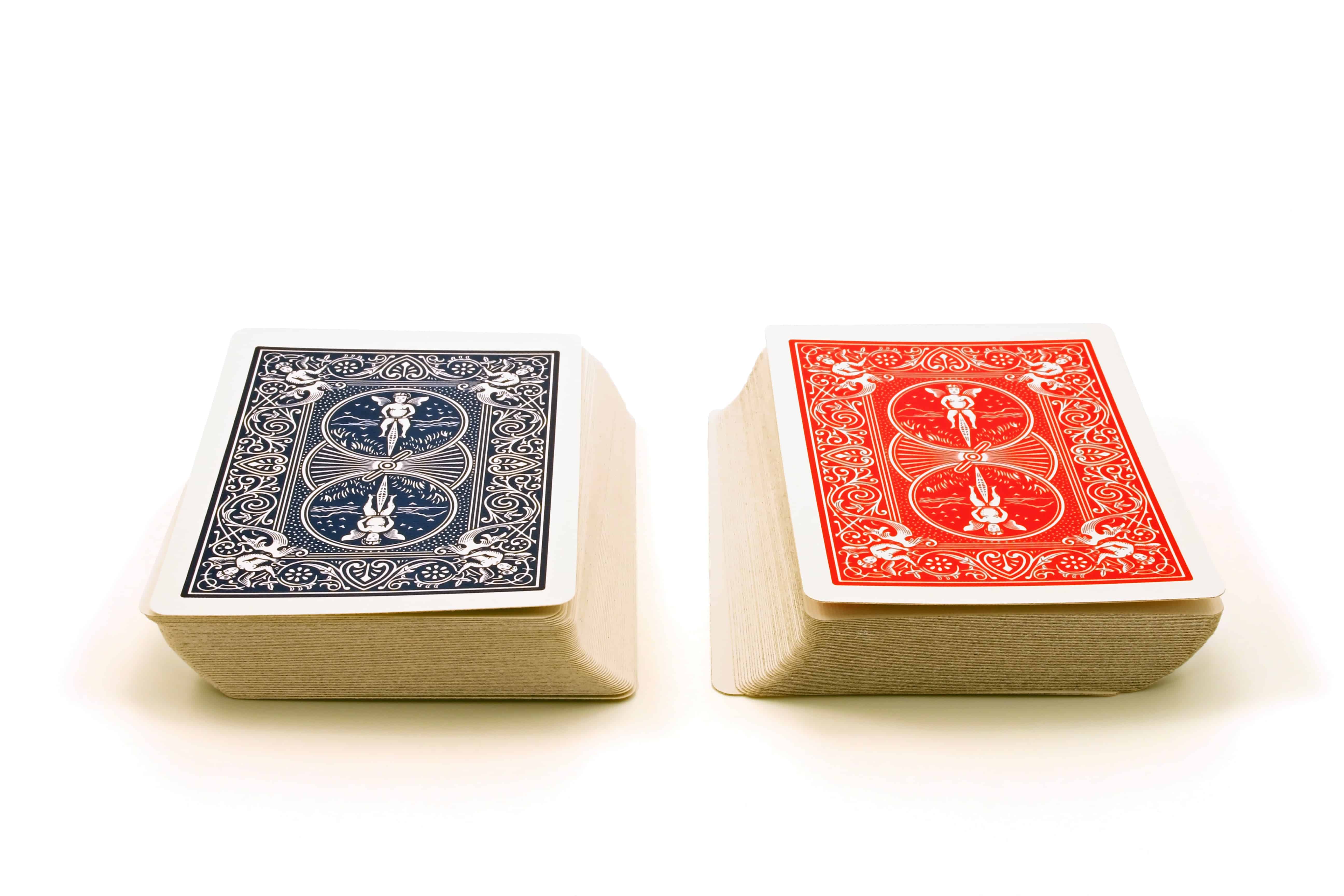There are countless magic theory books available in the world, and almost as many theories as there are magicians. Often, the same theory, concept or idea is published by different people, with a few minor changes, or even no changes at all.
So when we heard about the work John Guastaferro was publishing – specifically his One Degree and Prequel Strategies, we were very excited!
About John Guastaferro
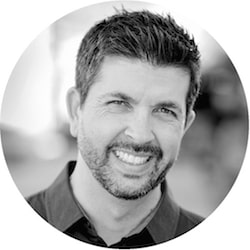 John Guastaferro is an American magician, author, speaker, and creator. His book One Degree is available in four languages, and was heralded as “Best Magic Book of 2010” by About.com and theMagicCafe.com. In addition to being a world-class magician, John works full time in not-for-profit fundraising and marketing. (Check out John’s business tips for magicians by clicking here).
John Guastaferro is an American magician, author, speaker, and creator. His book One Degree is available in four languages, and was heralded as “Best Magic Book of 2010” by About.com and theMagicCafe.com. In addition to being a world-class magician, John works full time in not-for-profit fundraising and marketing. (Check out John’s business tips for magicians by clicking here).
If you’re not familiar with John and his work, you are going to love this post. And if you are, then you already understand why we are so excited to share it!
To help us better understand his ideas and where they came from, we sat down with John for a quick interview. We hope you enjoy the results below, and would love to hear what you think in the comment section underneath the post!
One Degree
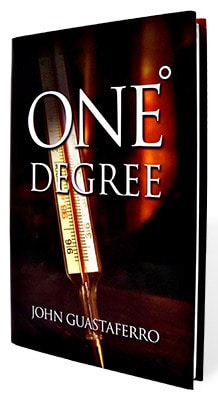 In 2010, John published his book One Degree. The basic idea of the book is how to make our magic stronger through small, yet important “one degree” improvements. Just as changing the temperature of water from 211 degrees fahrenheit to 212 degrees fahrenheit can take it to the boiling point, making “one degree” changes in our magic – especially many of them, over time – can take it to the next level.
In 2010, John published his book One Degree. The basic idea of the book is how to make our magic stronger through small, yet important “one degree” improvements. Just as changing the temperature of water from 211 degrees fahrenheit to 212 degrees fahrenheit can take it to the boiling point, making “one degree” changes in our magic – especially many of them, over time – can take it to the next level.
Any alarm bells going off so far?
Many beginner or semi-pro magicians wonder how full-time professionals come up with such powerful material, or such a well put together show. In an attempt to achieve that for themselves right away, they often simply string a number of effects together, memorize the patter and call it a show.
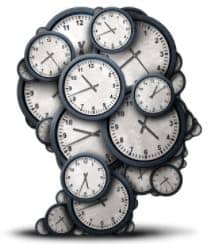 But the truth is, professional creators of magic don’t simply choose a sleight one day and decide that they are going to come up with a way to improve it right NOW. The best improvements and modifications stem from (most often) years of working with a sleight and through that work, naturally figuring out how it could be improved to better allow the magician to accomplish the effect. In some cases, one tiny change makes all the difference, but in many cases, there are a few one degree changes that happen over a longer period of time leading to a significantly different method.
But the truth is, professional creators of magic don’t simply choose a sleight one day and decide that they are going to come up with a way to improve it right NOW. The best improvements and modifications stem from (most often) years of working with a sleight and through that work, naturally figuring out how it could be improved to better allow the magician to accomplish the effect. In some cases, one tiny change makes all the difference, but in many cases, there are a few one degree changes that happen over a longer period of time leading to a significantly different method.
John creates and performs magic that is audience-centric, relevant and leaves them with a sense of connection. You can clearly see this in his work and he walked us through the development of his routine Lost & Found to demonstrate how he works with the One Degree Principle in his magic.
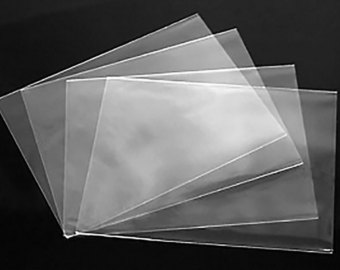 Years ago he began working with a Roy Walton effect in which a playing card vanishes from a clear plastic sleeve (he also familiarized himself with Peter Duffie and Steve Hamilton’s work on the same subject).
Years ago he began working with a Roy Walton effect in which a playing card vanishes from a clear plastic sleeve (he also familiarized himself with Peter Duffie and Steve Hamilton’s work on the same subject).
Over time, John began to wonder whether there was a way he could make the card reappear inside the sleeve, which he succeeded in doing. A one degree (more likely a few degrees) change that significantly impacted the entire routine!
After many years of working with the effect, a lightbulb went off when he was at the airport one day. The plastic sleeve could represent a luggage tag – something that almost every audience member can relate to.
Relatable Magic
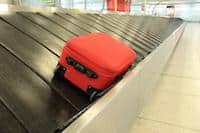 If you’ve ever travelled with a checked bag, you definitely know the feeling of waiting for the bags to come off the carousel and wondering if yours is going to have made it… which is exactly why John thought it would be a great idea.
If you’ve ever travelled with a checked bag, you definitely know the feeling of waiting for the bags to come off the carousel and wondering if yours is going to have made it… which is exactly why John thought it would be a great idea.
And so the idea of John’s Lost & Found as we know it today was born: Losing your luggage but then finding it again.
The principle of One Degree can also be applied to the blocking of a routine. For many years – in fact, until a spectator asked if the spectator himself could hold the sleeve – the card would reappear back in the sleeve as John was holding it. After he received this question from a spectator, John realized that he could, in fact, complete the effect in the spectator’s hands. A one degree change that makes a HUGE difference!
And still a number of years after that John added a little handle to the plastic sleeve, to further clarify the luggage theme and provide him a way to touch the area where the magic happens even less.
 If you hadn’t guessed already, One Degree can be applied to performance as well. The examples John used were as simple as remembering to take a pause while you perform – not every silence needs to be filled! Or remembering to call your spectators by name, every time. These little One Degree changes build on each other and slowly end up creating magic more powerful than you ever could have imaged when you were just starting out.
If you hadn’t guessed already, One Degree can be applied to performance as well. The examples John used were as simple as remembering to take a pause while you perform – not every silence needs to be filled! Or remembering to call your spectators by name, every time. These little One Degree changes build on each other and slowly end up creating magic more powerful than you ever could have imaged when you were just starting out.
Work On Magic You Love
During our interview, John talked about the importance of working on magic that you truly love – makes sense when you really think about it, right? Unless you are performing effects that really move you as the magician, you’re unlikely to create an impact on your audience, either, and may quit before you even get to the good stuff!
It was from performing effects that he loved over and over that John came up with his ‘Prequel’ idea.
Prequel
 Basically, it’s the idea of taking a trick you really love and adding a Prequel to it (or a Sequel) that could potentially turn the trick into a routine. John wanted to find a way to continue performing the effects he loved, but with little improvements along the way and in a bit more of his own style. And he wanted to be able to incorporate new ideas into classic pieces of magic.
Basically, it’s the idea of taking a trick you really love and adding a Prequel to it (or a Sequel) that could potentially turn the trick into a routine. John wanted to find a way to continue performing the effects he loved, but with little improvements along the way and in a bit more of his own style. And he wanted to be able to incorporate new ideas into classic pieces of magic.
He used the example of Better Call Saul as a prequel to Breaking Bad, and suggested that you’re looking for places where there may be an untold story, because that’s what makes a good prequel. Not every trick is a good option to add a Prequel or Sequel to, but some can be.
In the example we gave above with Lost & Found, the card reappearing in the sleeve was John’s addition of a Sequel.
How Can You Tell?
Ask yourself ‘why’ you love the trick you’re working with and decide if you feel there’s anything you could tack on to the beginning or end of it to make a stronger routine. As a side note, it’s always good to ask yourself why you DON’T love certain tricks too. As John pointed out, that can often be a good peek into your own brand and style tastes.
So – if you can often add a Prequel or a Sequel to a trick you love, and you can continue making One Degree changes to improve what you are already doing, when is an effect or routine finally finished?
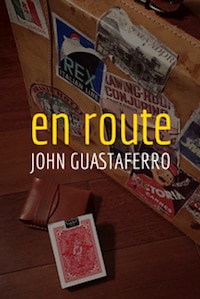 That is what John discusses in his most recent book En Route. If we are focused on constantly improving and growing our magic, we are always en route… and it’s about enjoying the journey rather than working toward a final goal.
That is what John discusses in his most recent book En Route. If we are focused on constantly improving and growing our magic, we are always en route… and it’s about enjoying the journey rather than working toward a final goal.
At Conjuror.Community we’ve heard many professional magicians express this idea. Many start out believing that as soon as their ideas are ready to publish in a book, for example, they will be ‘done’ and moving on. But when that finally happens – and during the years after – they learn that the creative process never really stops and that over time they continue to come up with little improvements here and there. Most of the time, the material in a book published 20 years ago is being performed significantly differently by the magician who originally published it!
There are a number of reasons we enjoy John G’s work so much; having a framework in which to discuss certain ideas and concepts is extremely helpful in an art form where it’s easy to say the same thing 100 different ways.
We hope you enjoyed this piece as well, and we would love to hear what you think about One Degree changes, Prequel/Sequel ideas and being En Route in the comment section below! If you want more free advice from John, you can visit our blog Magician Tips: 3 Biggest Business Mistakes Magicians Make or One Non-Magic Book Every Magician Should Read!
Warmly,
The CC Team
